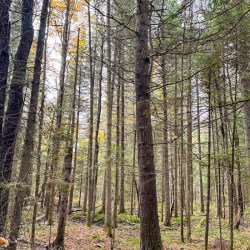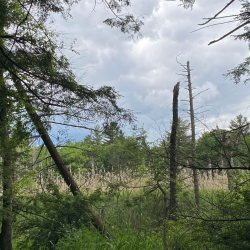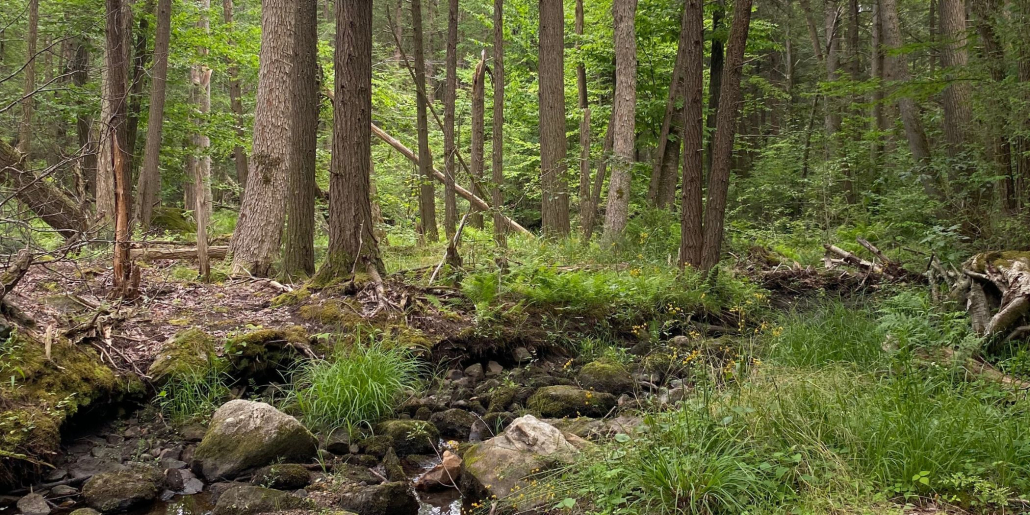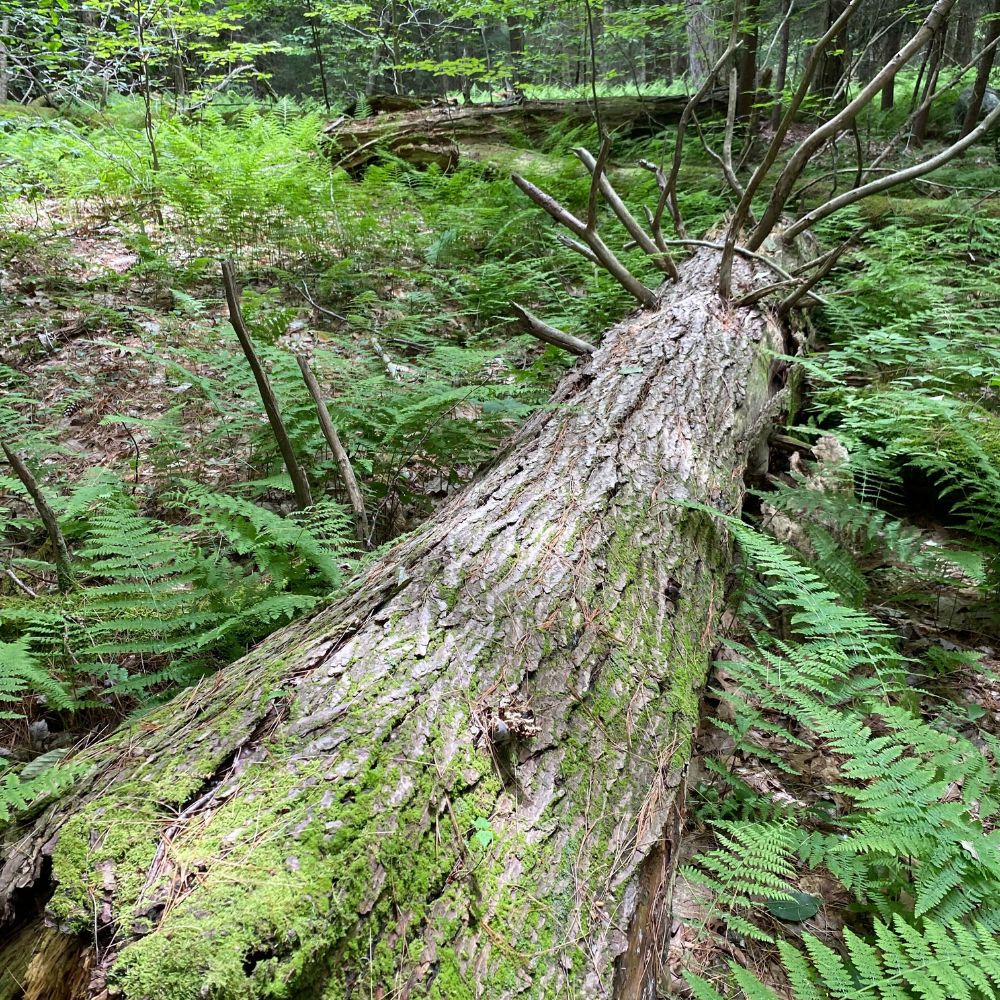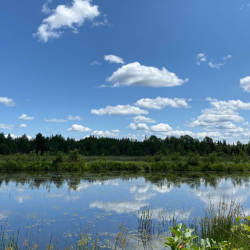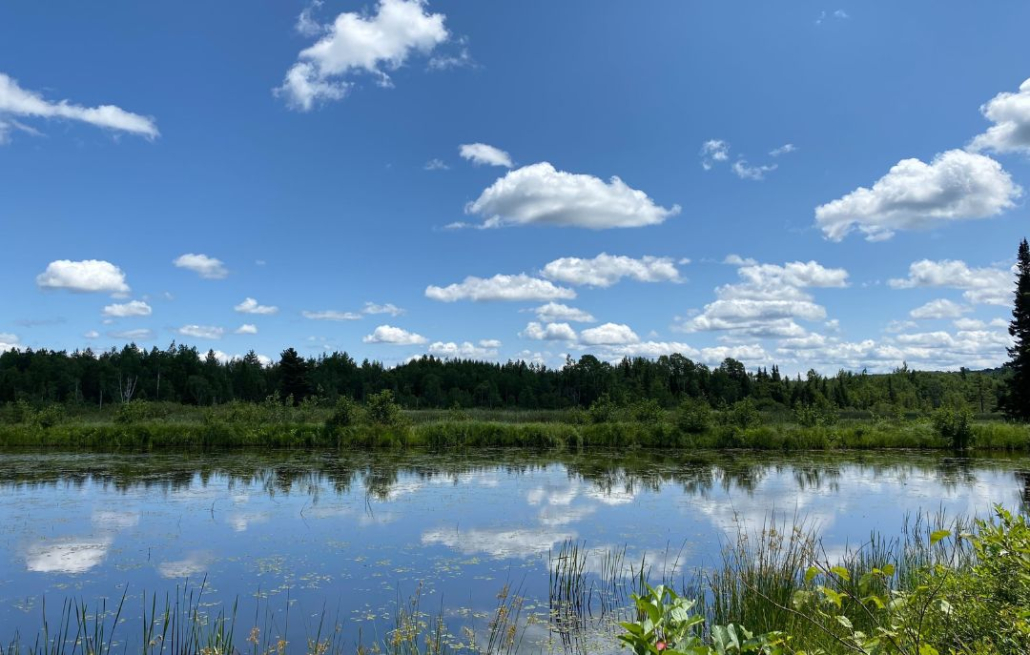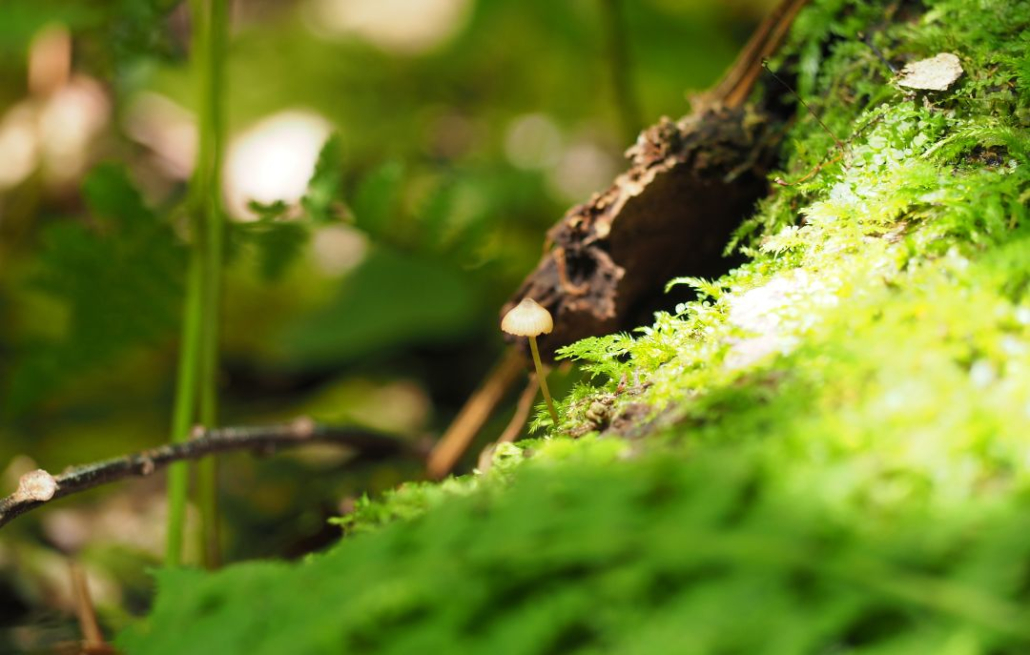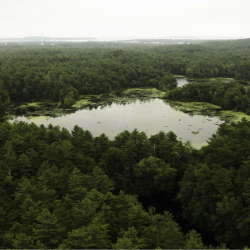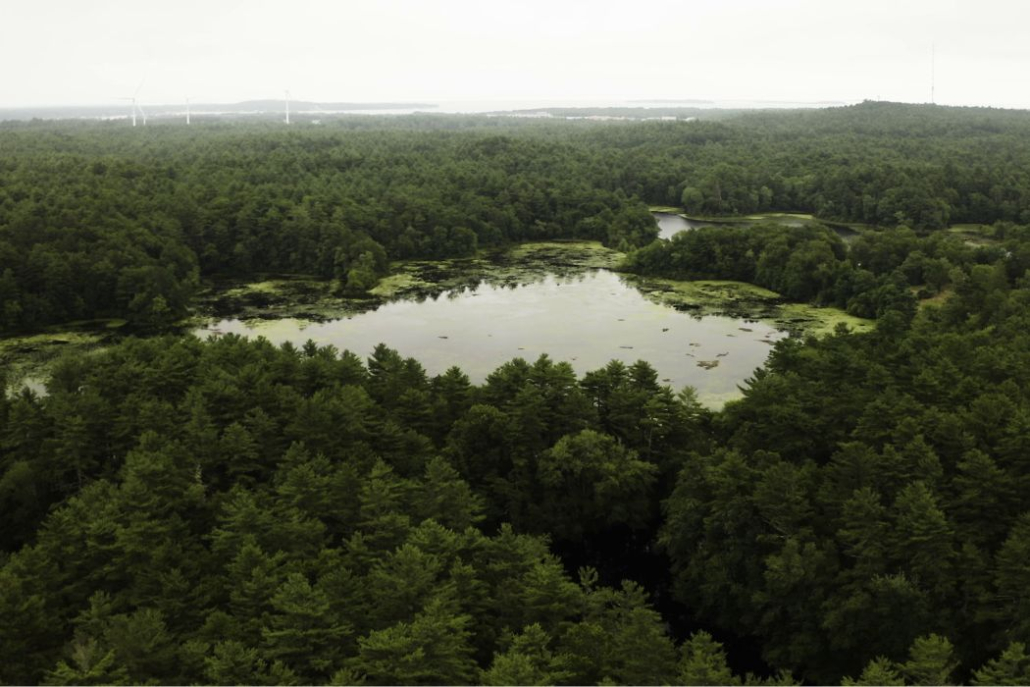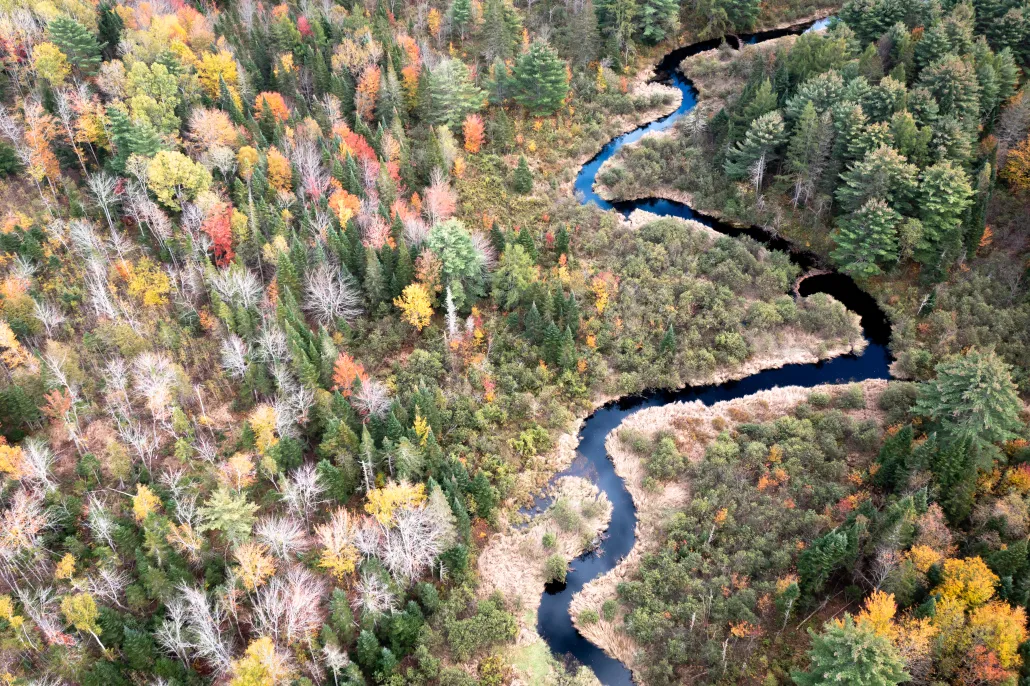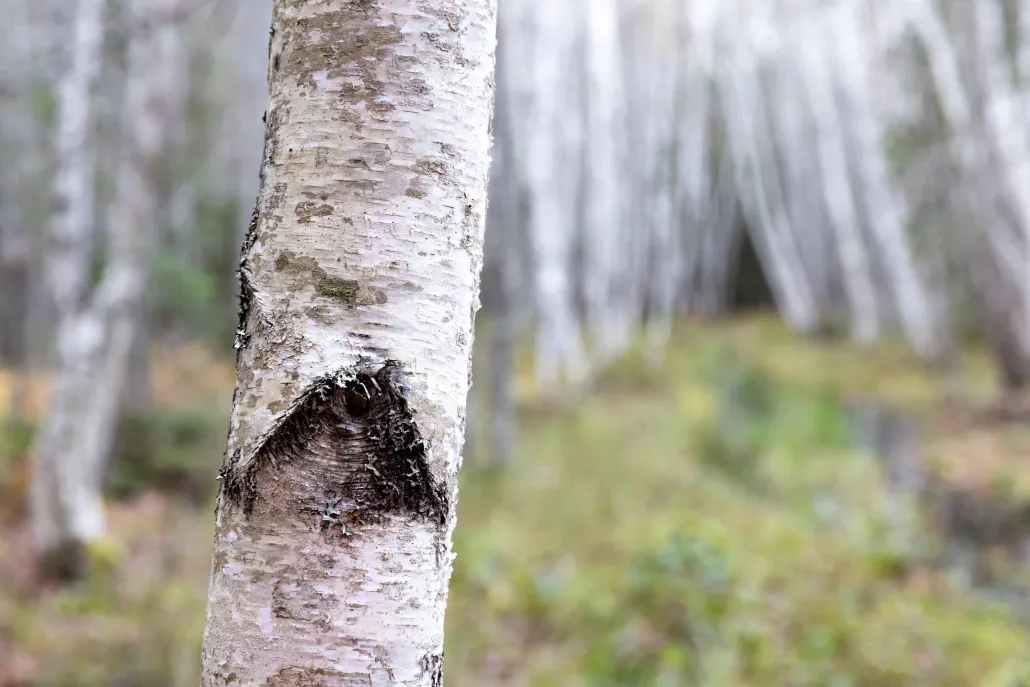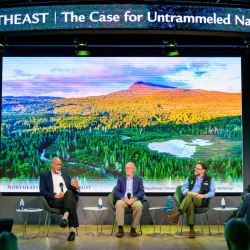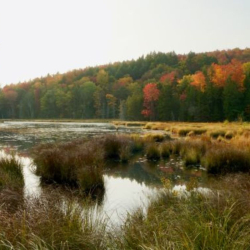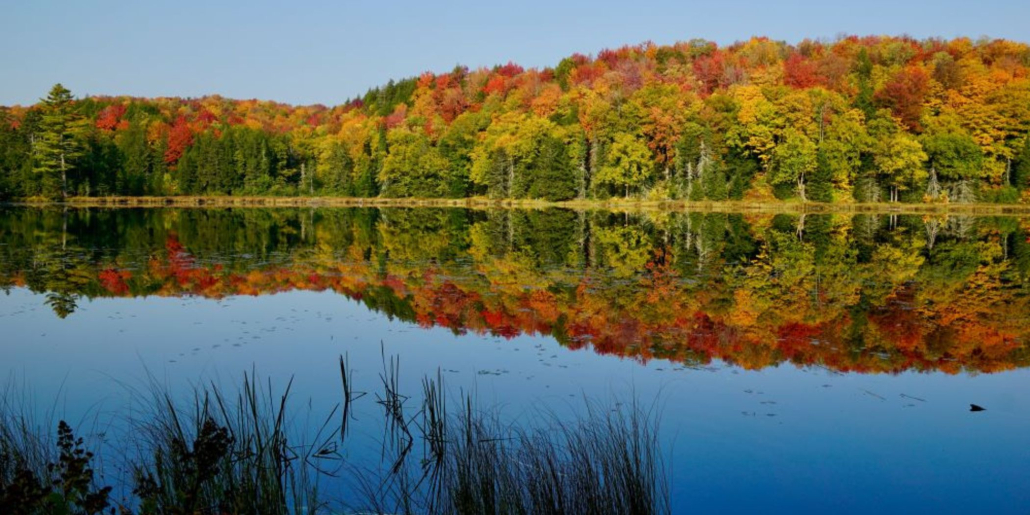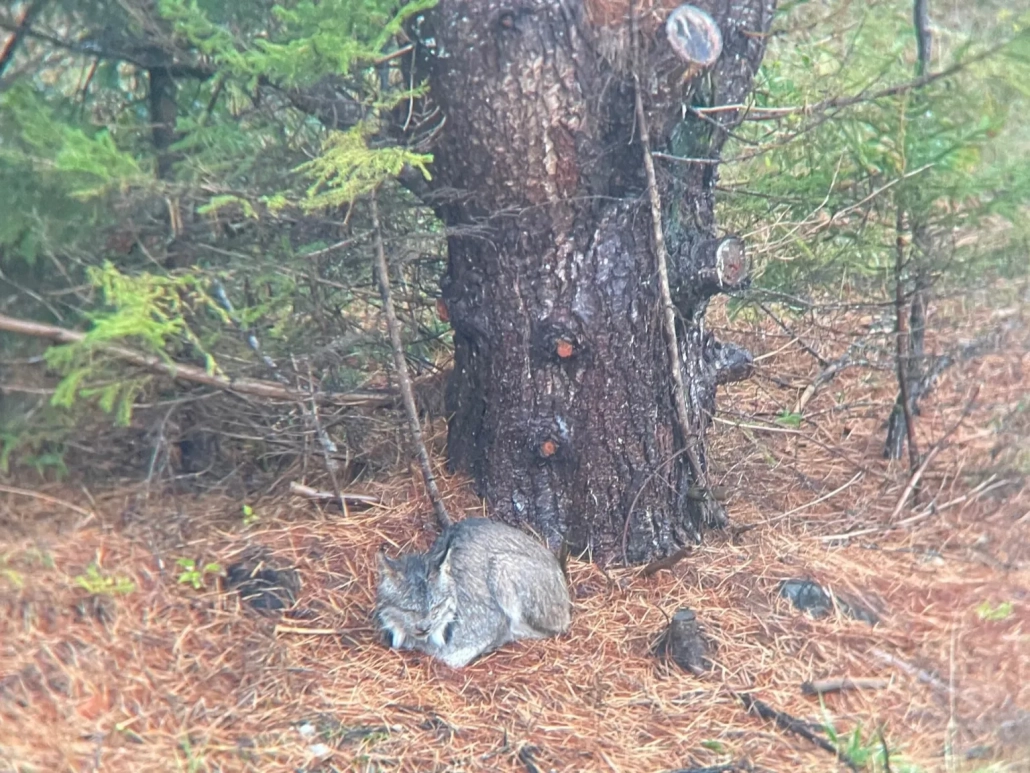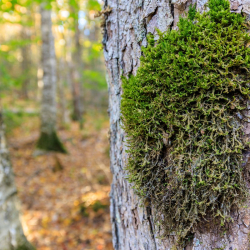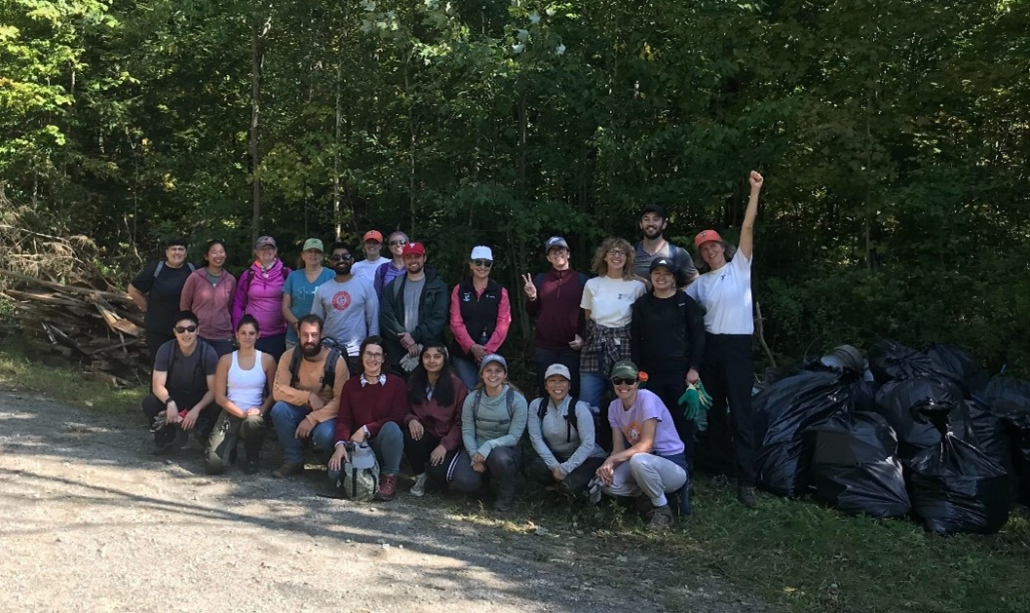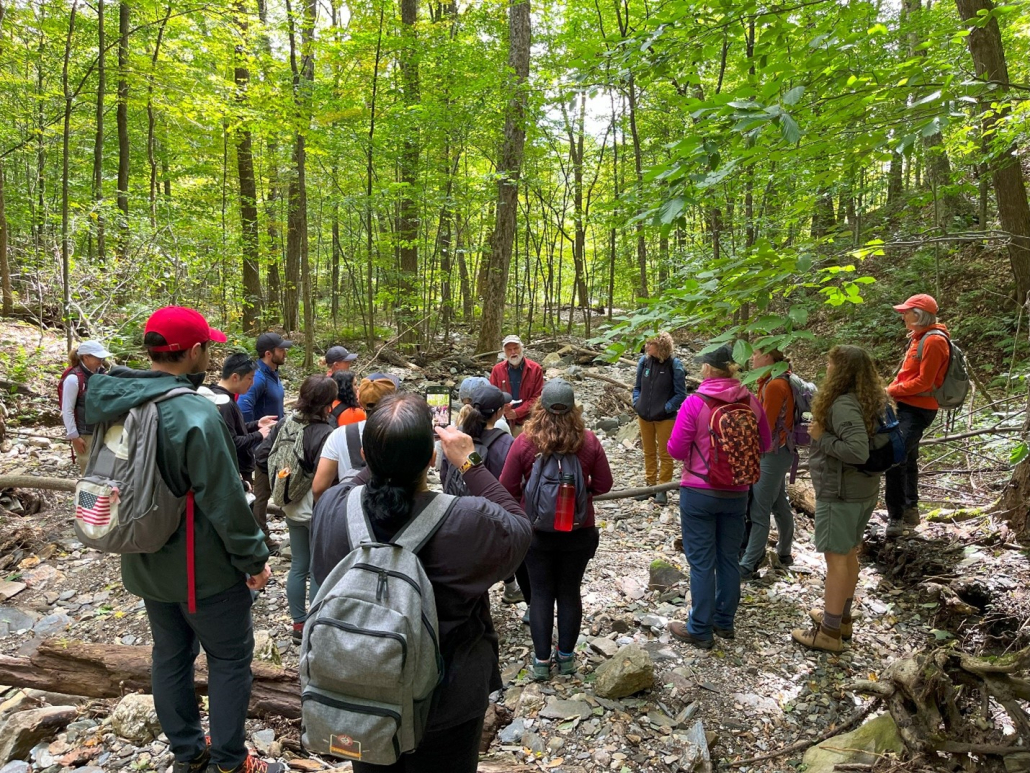Cornwall Conservation Trust’s Forever-Wild Holdings Now Exceed 800 Acres
Cornwall and West Cornwall—Cornwall Conservation Trust, Inc. (CCT), in partnership with Northeast Wilderness Trust (NEWT), has added two forever-wild conservation easements to more than 400 acres in northwest Connecticut’s Litchfield County. The NEWT-held easements, one covering the Cathedral Pines Preserve, Quarry Hill, and Thurber’s Arrowhead properties (hereafter referred to as the “Cathedral Pines conservation easement”) and another on the Trinity Forest Preserve property, both in Cornwall, bring CCT’s forever-wild holdings to more than 800 acres. The easements were made possible by NEWT’s Wildlands Partnership. The Partnership is an innovative program that provides local land trusts with the financial assistance and technical resources necessary to protect more of their land as forever wild, reducing or eliminating active management and allowing natural processes, rather than human intervention, to shape the land’s future.
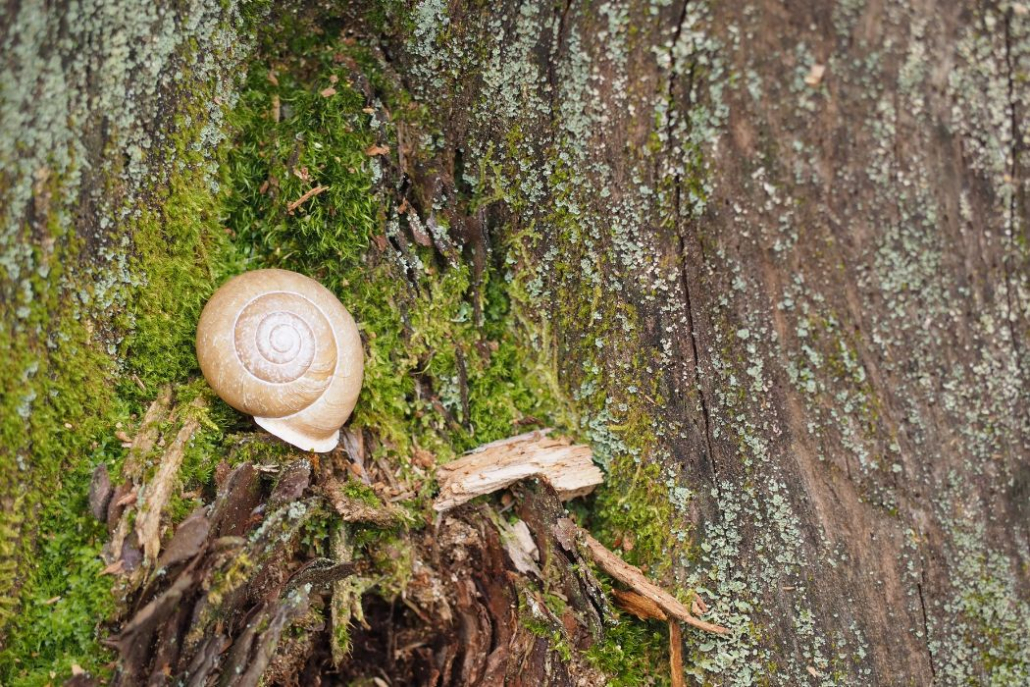
Image from the Cathedral Pines easement by Shelby Perry.
The conservation easements are the second and third of their kind for CCT. In 2021, CCT and NEWT collaborated to place a forever-wild conservation easement on the 375-acre Cornwall Wildlands property, also in Cornwall. After the success of that collaboration, CCT and NEWT set out to add additional forever-wild easements to CCT lands.
“CCT has appreciated its relationship with NEWT and the organization’s practical approach to ensuring that these properties remain ‘forever wild’ and a boon for both humans and wildlife,” said Bart Jones, President of CCT. “In addition, CCT’s financial ability to steward these forests has been significantly enhanced by NEWT’s Wildlands Partnership grant program.”
The Cathedral Pines conservation easement covers three CCT holdings: the preexisting Cathedral Pines Preserve and two new additions, Quarry Hill and Thurber’s Arrowhead. CCT acquired the original 42-acre Cathedral Pines Preserve, which hosts the remnants of a 150-year-old white pine and hemlock forest, from The Nature Conservancy in 2020, and expanded the property by a combined 32 acres with the Quarry Hill and Thurber’s Arrowhead additions in 2023.
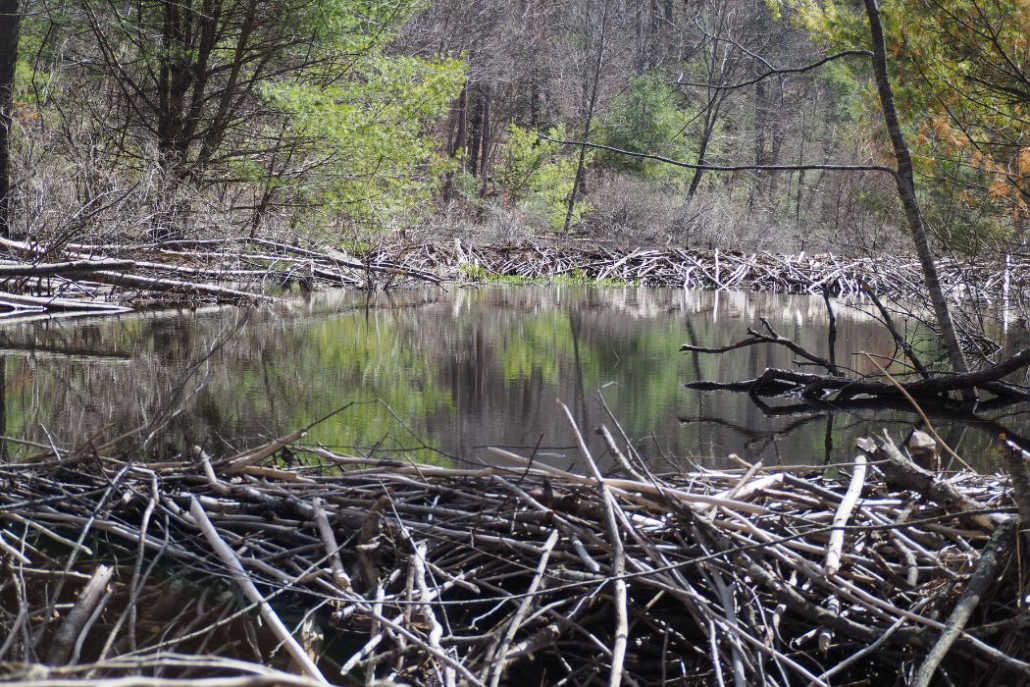
Wetland on the Trinity Forest conservation easement by Shelby Perry.
The Quarry Hill and Thurber’s Arrowhead additions will boost preexisting old forest and excellent wildlife habitat on the Cathedral Pines Preserve. A series of tornadoes in 1989 leveled many of the towering pines for which the Preserve is named, but rather than “clean up” the forest after the tornado, The Nature Conservancy allowed natural, post-disturbance processes to persist. As a result, the Cathedral Pines Preserve showcases old-growth forest characteristics hard to find in the Northeast. The standing white pines measure between 120 and 140 feet tall, and the forest displays the “messiness” indicative of ecological complexity and health. This structural complexity, including standing dead trees (“snags”) and an abundance of coarse woody debris, make the Cathedral Pines conservation easement a haven for wildlife. Meanwhile, adjacent younger forests on Quarry Hill and Thurber’s Arrowhead will now have the opportunity to grow old like those on the Cathedral Pines Preserve, creating 74 contiguous acres of exemplary old forest thanks to NEWT’s forever-wild conservation easement.
The Trinity Forest conservation easement, which encompasses CCT’s Trinity Forest Preserve and Brokaw Preserve, has tremendous conservation and wildlife value. The property features abundant upland forests of hard- and softwood species like sugar maple, black cherry, and eastern hemlock; many of these forested areas exhibit mature-forest characteristics. Deep ravines and pathways to the high-elevation ridges of Housatonic State Forest offer excellent views of nearby Mohawk Mountain, the town of Sharon, and the Housatonic River. The easement also hosts substantial waterways and wetlands, including 1.6 miles of streams that eventually feed into the Housatonic River and a 10-acre beaver pond. These aquatic and wetland habitats support rare wildlife like the Northern Saw-whet Owl, a species of special concern in Connecticut that has been documented on the property. Trinity Forest’s plentiful ledges and cliffs may also provide needed habitat for the state’s nine—and imperiled—bat species.
The wider context in which the easement is located also speaks to its ecological value. The Trinity Forest conservation easement falls within the Appalachian Trail Corridor focal area and abuts Connecticut’s roughly 700-acre Housatonic State Forest to the southwest. The forever-wild easement guarantees that this unique slice of a major forest block and wildlife and aquatic corridor, used by species from bobcat to turkey to trout, stays protected in perpetuity.
The Cathedral Pines and Trinity Forest conservation easements bring NEWT’s Connecticut conservation holdings to more than 1,500 acres—the lion’s share protected through the Wildlands Partnership.

